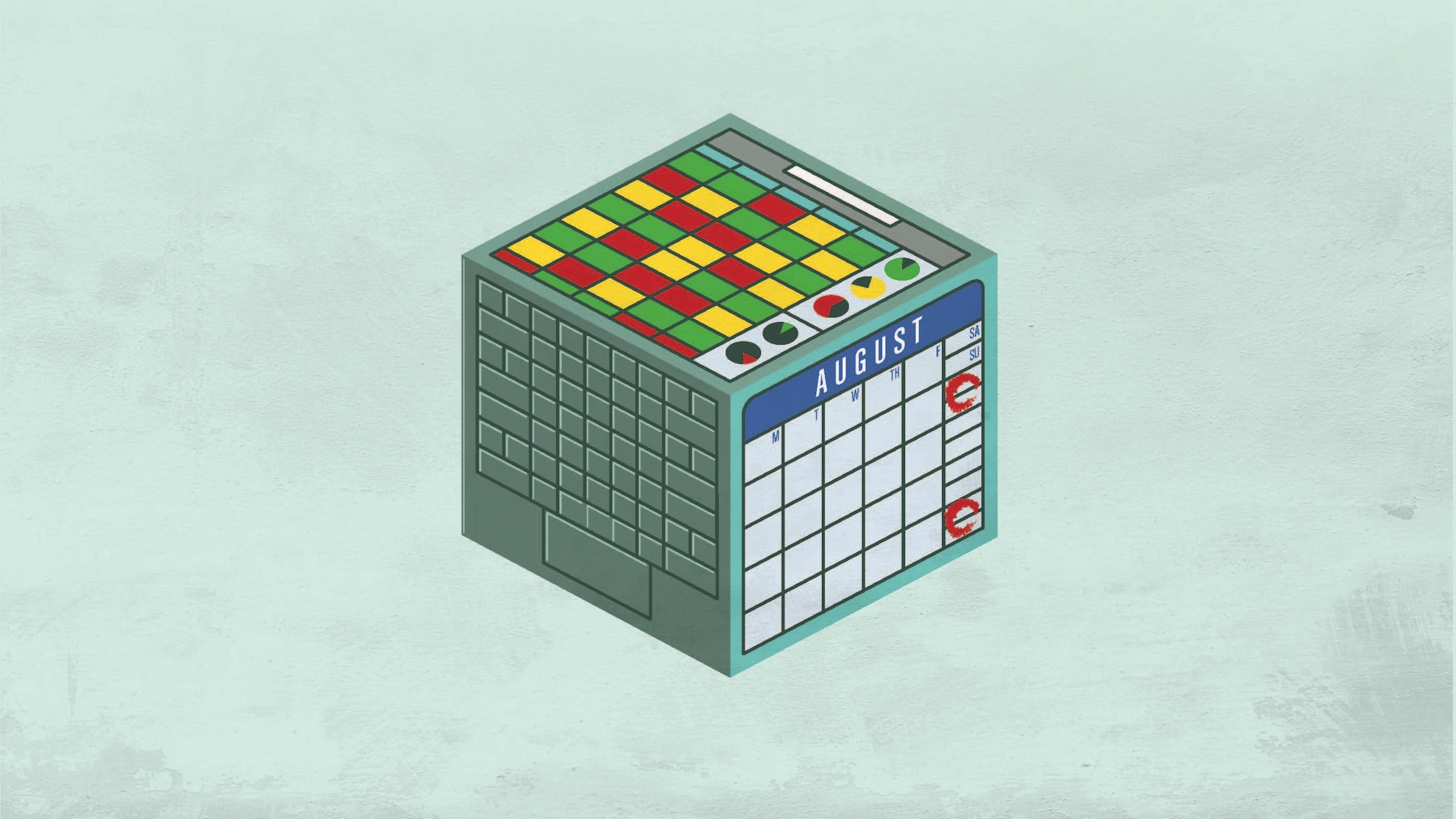Build Healthier Habits: Time Management

(Photo: Mike Reisel)
First: Read the background on the psychology of how habits are formed and what it takes to create (or break) “the habit loop” of trigger, action, reward, repeat. We also laid out the steps to building healthy habits:
- Take stock of your habits and what you want to change—examine the rewards and internal emotions associated with your habits
- Take action and create a plan for working on one small change at a time
- Cement new habits by building on your existing habitual actions and creating rewards that feed those existing habit loops
- Reward yourself along the way for achieving micro-goals and targets
- Adjust your plan of action if you misjudged the reward for a particular habit or need to change your goals—repeat until it sticks!
We’ll now lay out these steps in a particular area that athletes commonly want to build better habits in: mental skills, nutrition, recovery and sleep, and time management. Here’s how to take these steps over several weeks—doing one step per week every day. Work on just one area of focus at a time.
Here, Dr. Alex Harrison lays out some steps to work on time management.
Take Stock: Sometimes it can seem like triathlon training is just a test of time-management skills. While there are only a limited number of hours in the day, you also want to make sure you’re using them wisely. Time management allows you to spend more time doing the things you want to do (like training) and to be more present while you’re doing them. Good time management comes down to personal attention, organization, and efficiency.
Start by determining your biggest time consumers each day—both organizationally and from a personal attention standpoint. What are your biggest distractions? Biggest personal roadblocks during the day?
A lot of time is wasted waiting or in transit—ie. having to walk all over the house to find and gather your gear for a ride; in fixing mistakes that you made because you were hurrying (find permanent solutions to small problems that come up repeatedly); or in perfectionism. The house is clean enough.
Take Action: Get organized. This means organizing your gear so you don’t waste time looking for it, organizing your email and computer, organizing your day-to-day activities so they are as efficient as possible. Efficiency means doing the same or better quality work in less time, for less effort. It does not mean just working faster. You have to think through various actions and set them up for success—turn off notifications when you’re not on your phone, block out time for what you want to do, don’t rely on your brain to remember everything.
Use technology where it can help you be more efficient, but avoid multi-tasking. Finish a task and then move on to the next.
Cement Habits: Nothing will stick if it’s not intentionally applied, every single day. Start small with a few things. Do them consistently until you’ve forgotten how you used to do them, then add more time-savers.
Reward Yourself: The upside of tackling time management habits is there’s a certain thrill, a dopamine hit, from crossing stuff off a list or putting things away right after you use them. And now you have more time to do the things you really want to do.
Adjust, Repeat: As you figure out your routines and your personal roadblocks, invest the time upfront to fix them and save time later. Go for the biggest time-savers first—the things you spend the most time doing—and then build from there.